
ORGANIC MACHINERY | Acrylic, charcoal, kaolin on canvas | 130 x 275 cm | 2019
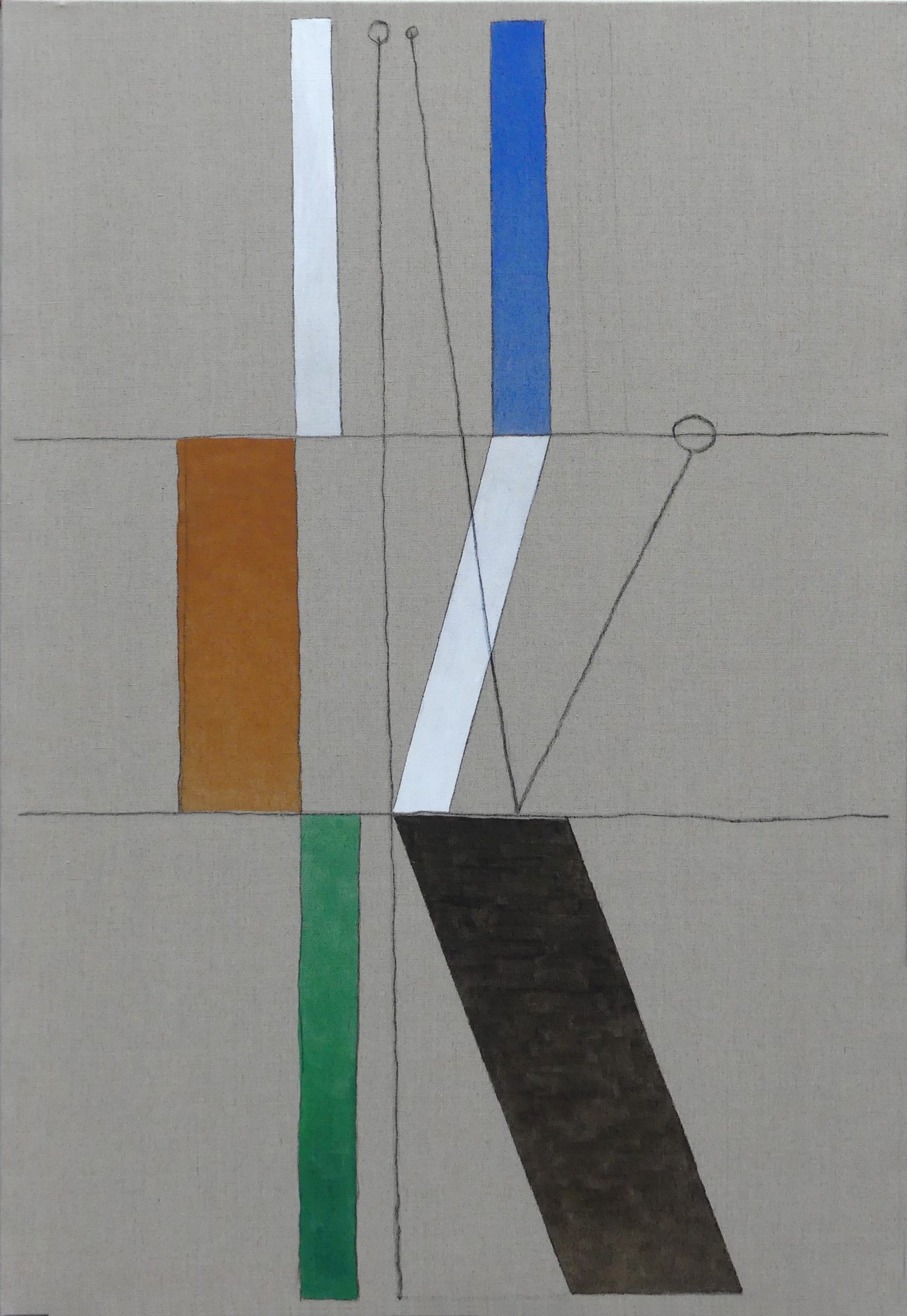
PALAVRA | Acrylic paint, charcoal, kaolin on canvas | 130 x 89 cm | 2019

LE SAC DU SEMEUR | Acrylic , charcoal, kaolin on canvas | 251 x 116 cm | 2018

PAYSAGE AVEC AILLEURS | Acrylic, charcoal, kaolin on canvas | 251 x 130 cm | 2018
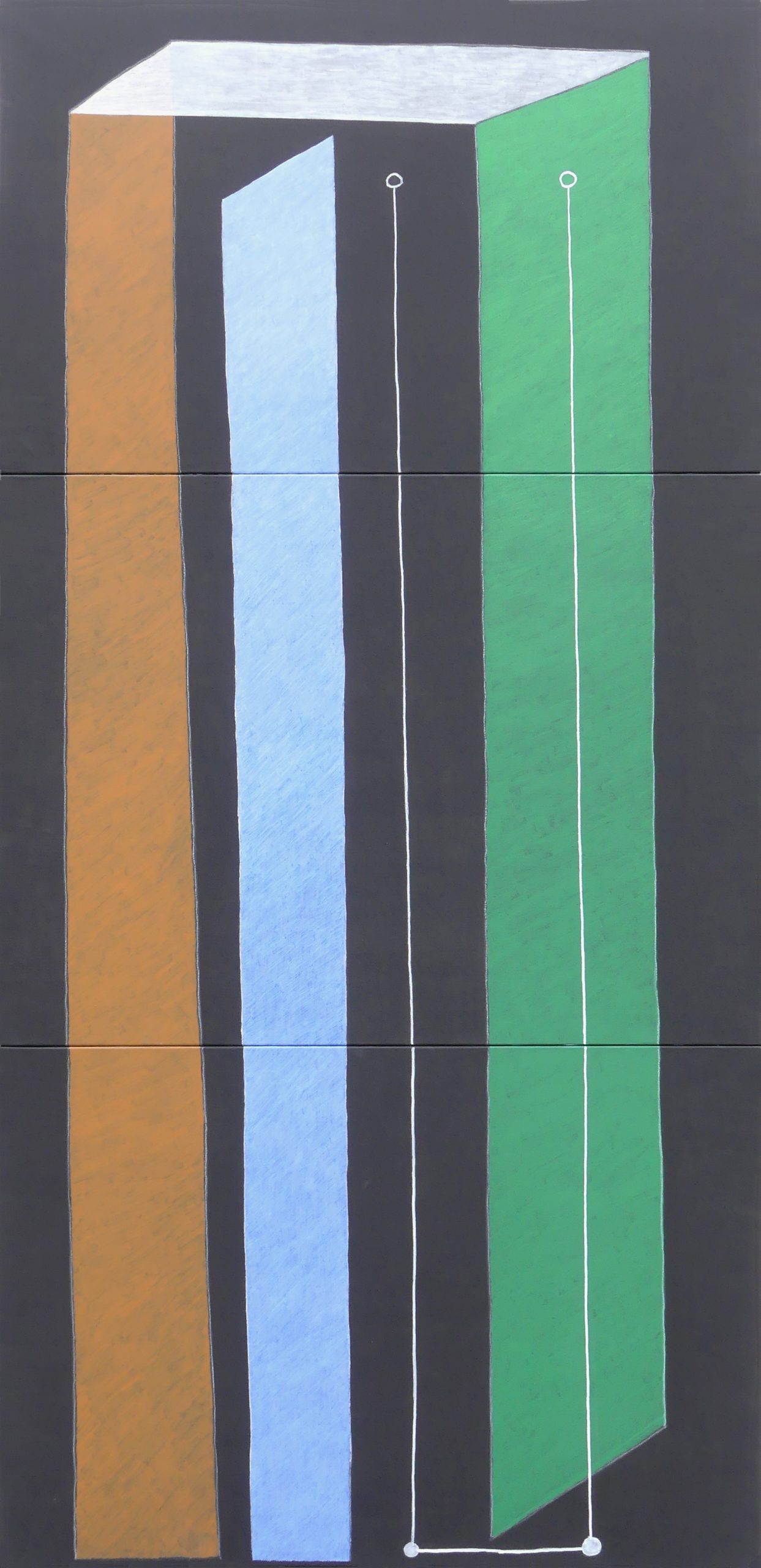
WHITE THREAD | Acrylic, charcoal, kaolin on canvas | 267 x 130 cm | 2019
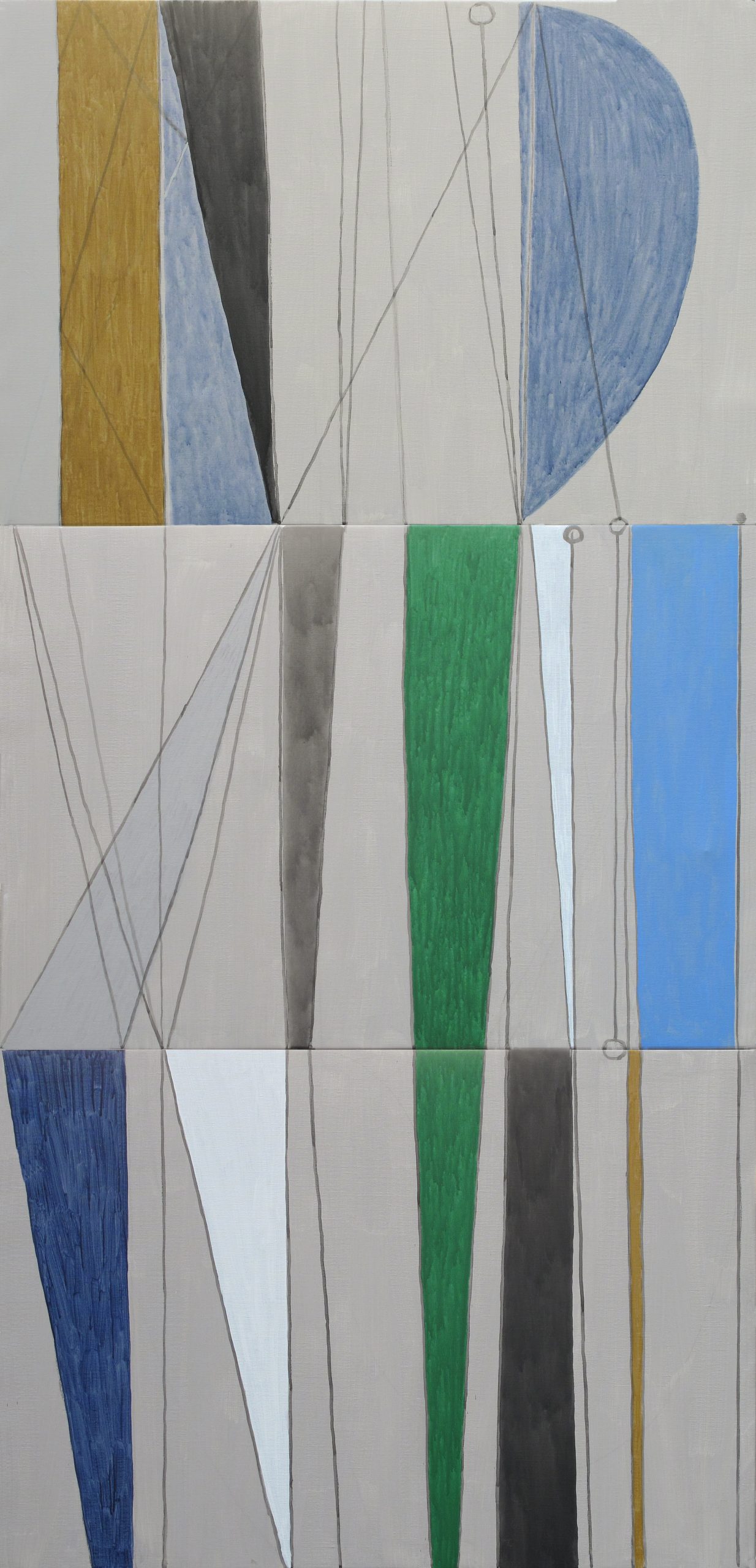
PARTIDO ALTO | Acrylic paint, charcoal, kaolin on canvas | 294 x116 cm | 2012
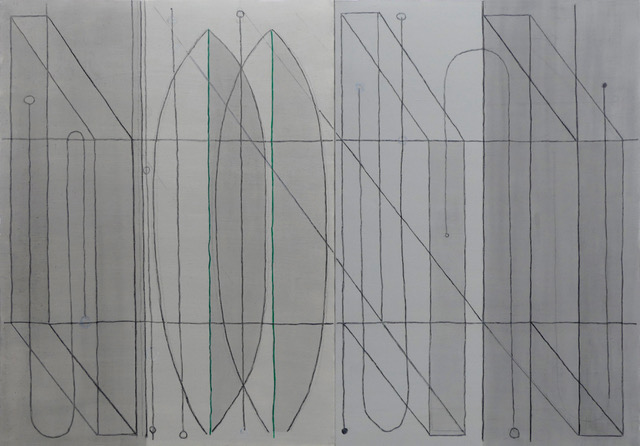
WINTER | Acrylic paint, charcoal, kaolin on canvas | 130 x 186 cm | 2020

META-SPRING | Acrylic, charcoal, kaolin on canvas | 130 x 178 cm | 2020

A FLEUR DE PEAU | Acrylic, charcoal, kaolin on canvas | 130 x 194 cm | 2020

L’ENFANCE DE L’IDÉE | Acrylic, charcoal, kaolin on canvas | 89 x 130 cm | 2020
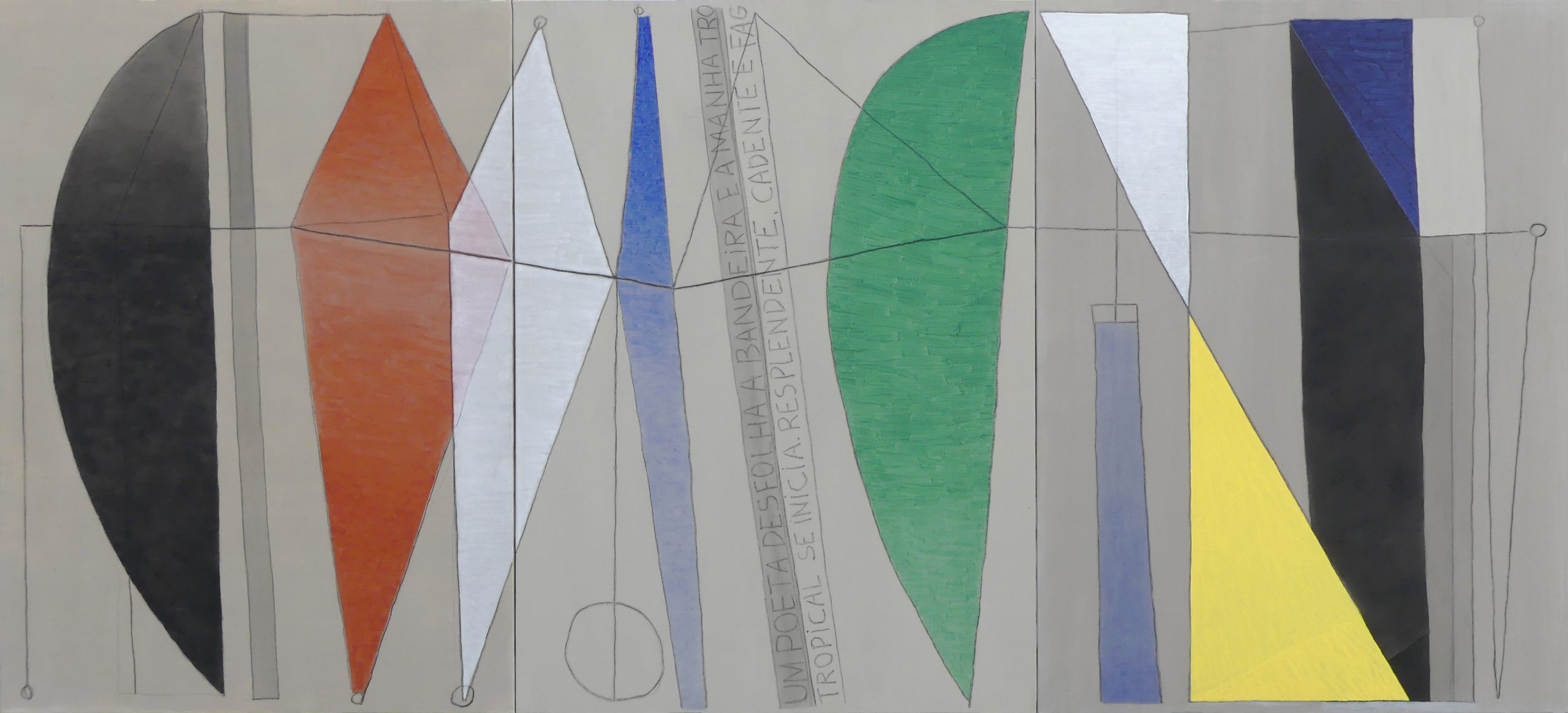
LE POÈTE DÉPLOIE LE DRAPEAU | Acrylic, charcoal, kaolin on canvas | 130 x 291 cm | 2020

L’IMPOSSIBILITÉ DU CIEL | Acrylic, charcoal, kaolin on canvas | 267 x 130 cm | 2020
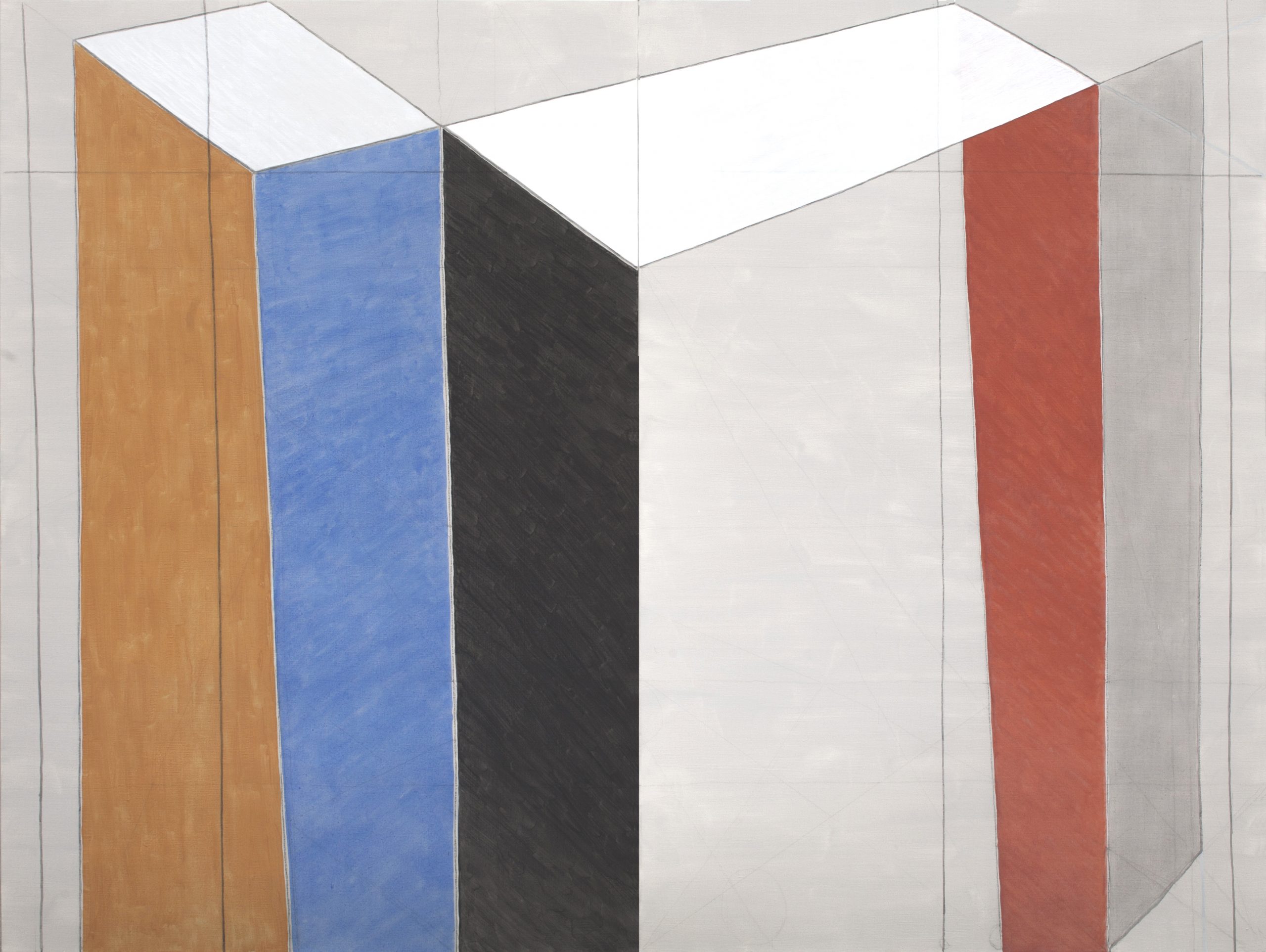
DOBRADINHA | Acrylic, charcoal, kaolin on canvas | 195 x 260 cm | 2015
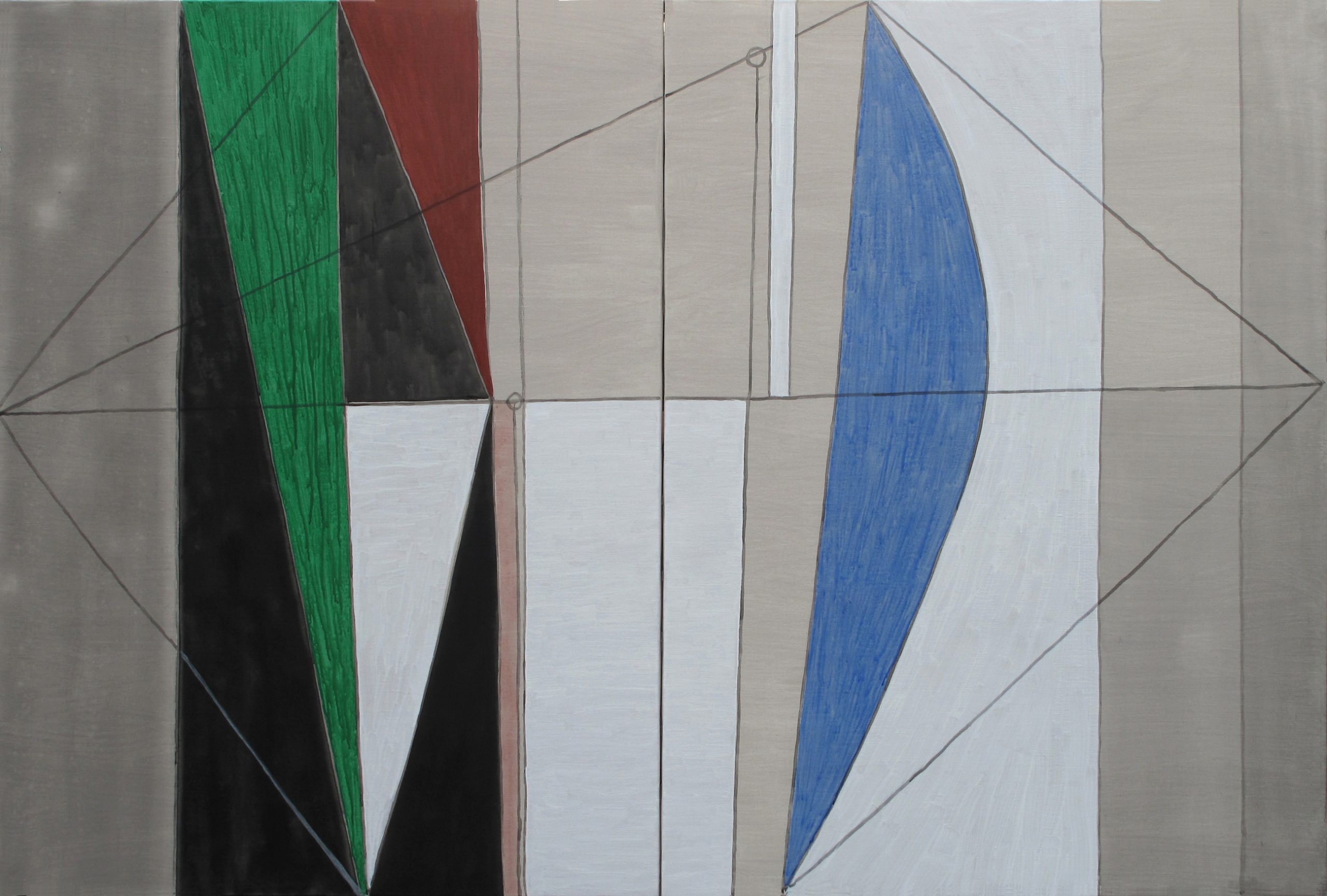
GEOARAPUCA | Acrylic, charcoal, kaolin on canvas | 130 x 194 cm | 2012
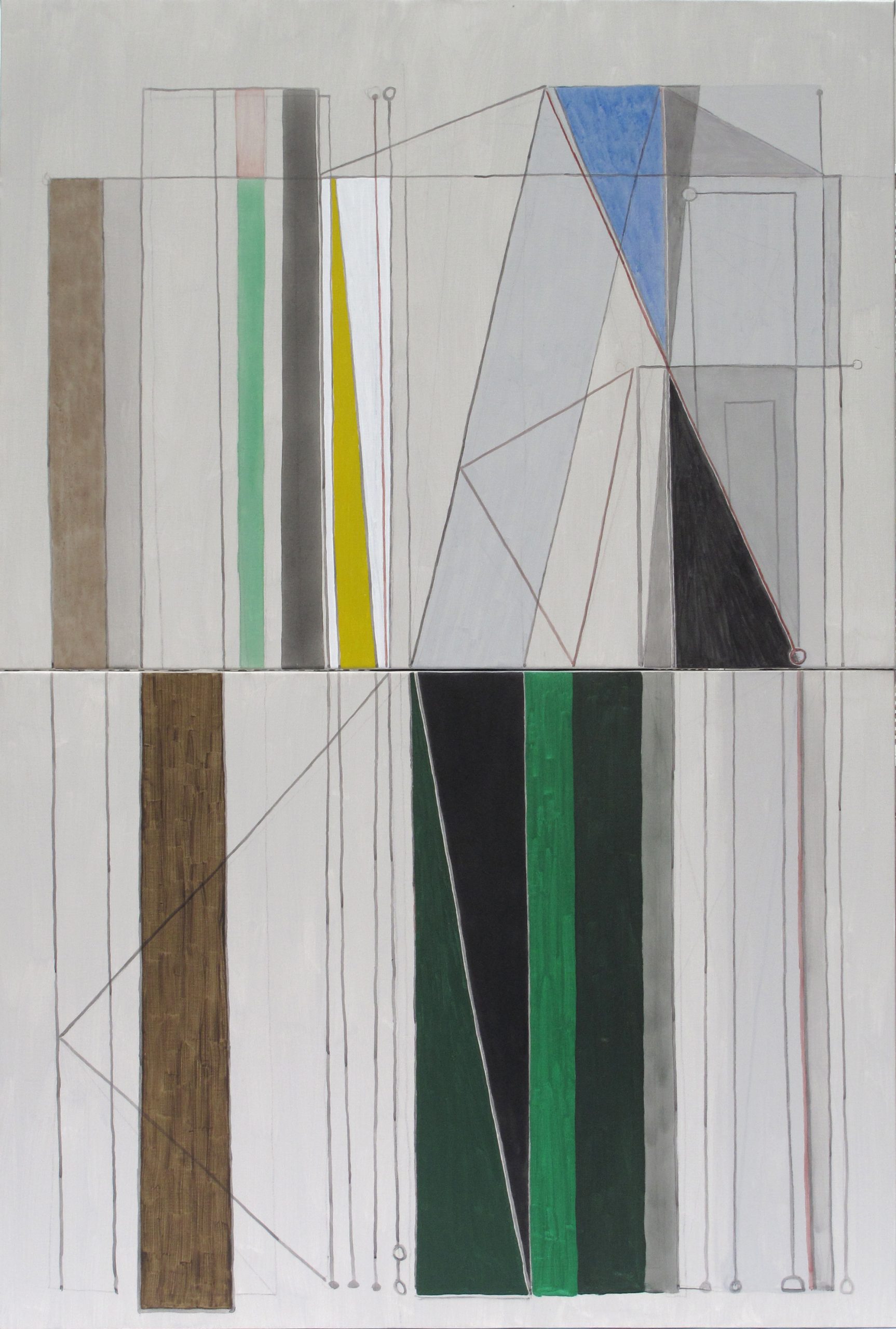
FRONTAL | Acrylic paint, charcoal, kaolin on canvas | 194 x 130 cm | 2013






